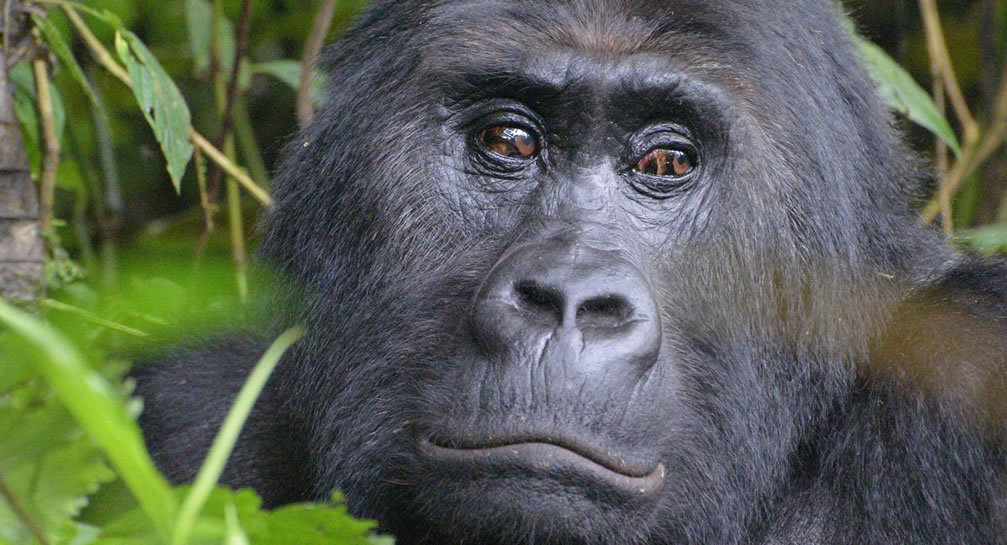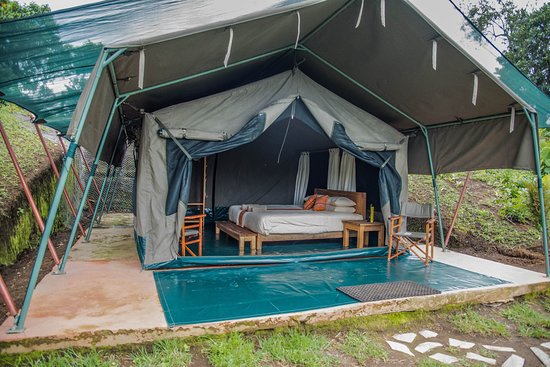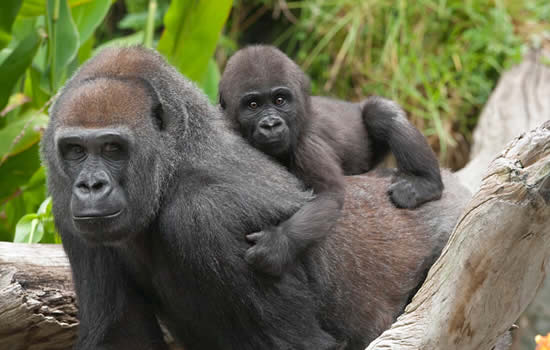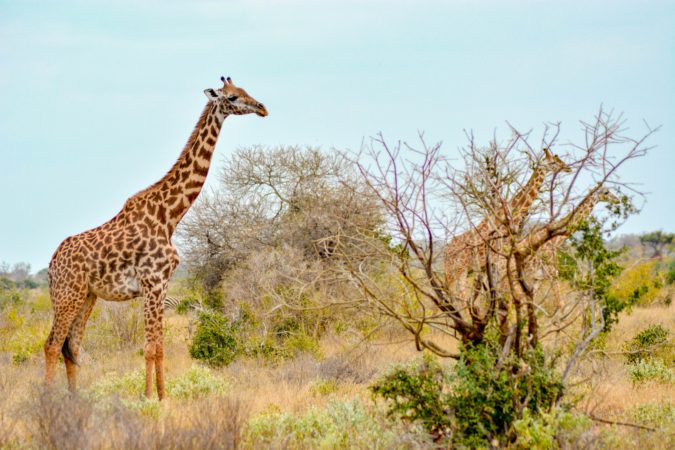
Best Game Drive Tours In East Africa
January 27, 2023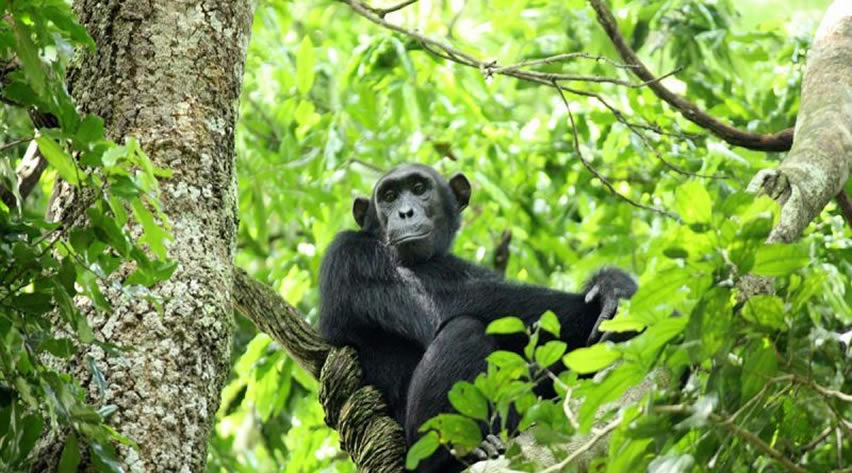
Chimpanze Safaris In Uganda
January 29, 2023For decades, gorilla conservation and the tourism sector have been greatly affected by the continued conflict in the D.R. Congo jungles. What is amazing is that regardless of the fights, there is continued growth in the mountain gorilla population in the Greater Virunga Area.
The escalating conflict and instabilities in the Eastern D.R. Congo have negatively hit the gorilla tourism sector. The Virunga National Park still remains the commanding base for the rebel groups putting the park rangers, trackers, and visitors’ lives at a higher risk.
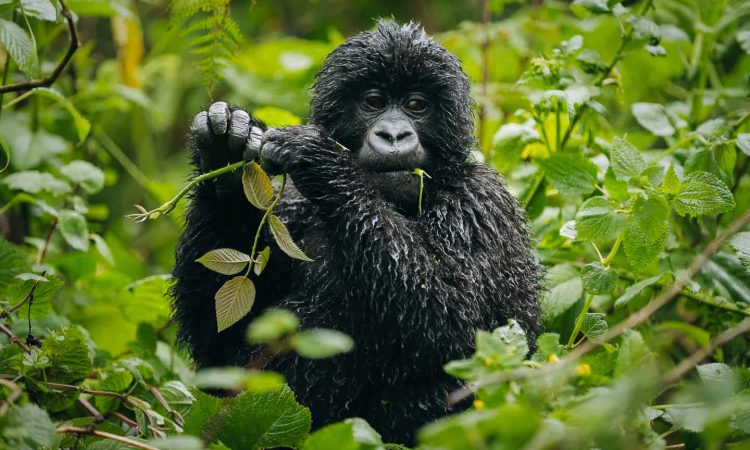
Due to continued M23 rebel activities in the park, the ranger posts were evacuation following the rebel attacks. This made it even very risky to access the park. This hasn’t only impacted gorilla monitoring activities but the tourism sector as a whole. With the civil unrest still occurring, conservationists remain with no information about the gorilla families.
Where to see Congo’s gorillas?
The D.R. Congo protects not only mountain gorillas but also the Eastern lowland gorillas. The Eastern lowland gorillas are open for tracking in the Kahuzi-Biega National Park. This park was formed in 1970 and spreads up to 6000 sq. km. As of the 2021 study, there was a significant increase in the lowland gorilla population from 3800 to 6800 individuals.
Mountain gorillas reside within the Virunga National Park. This is an extensive park with boundaries spreading up to 7800 sq. km and it is one of the oldest parks, created in 1925. The park protects 8 habituated gorilla families: the Bageni group, Mapuwa gorilla family, Humba, Kabirizi, Lulengo, Rugendo, Munyaga, and Nyakamwe families.
The D.R. Congo also protects the lowland gorillas and they have trekked in Kahuzi-Biega National Park. This park is situated in Bukavu, and it was gazetted in 1970.
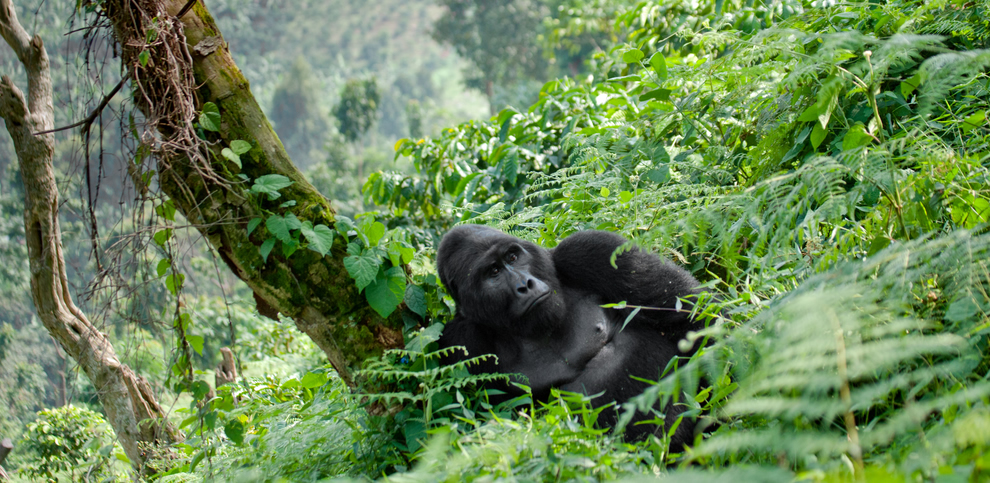
Rwanda Gorilla Tours
Its boundaries extend to about 6000 sq. km and it is a UNESCO-designated area. Kahuzi-Biega National Park has habituated families including the Bonnani family, Mugaruka, Mpungwe gorilla group, Nganwa, and Chimanuka gorilla group.
Is Congo safe for gorilla trekking/tracking?
Most often Congo is considered not a safe place to visit for gorilla trekking due to political unrest in the Eastern region. This area is where mountain gorillas and lowland gorillas reside, the main attractions in the D.R. Congo.
About three-quarters of the world’s 1063 mountain gorillas live in the Congo’s Virunga National Park. Regardless of the conflicts, more efforts have been put to secure the future of these unique apes.
Threats & challenges faced
Below are the main threats and challenges faced by gorillas in the Democratic Republic Of Congo
Political unrest
For decades, the Eastern D.R. Congo has been greatly impacted by the continued rebel attacks. This has not only affected gorilla tourism but also conservation activities.
The continued conflict has scared away most visitors and even some mountain gorillas have been killed. The Virunga National park, the main mountain gorilla habitat in the D.R. Congo has turned out to be a battled ground for the M23 rebels and government forces. This has denied park rangers access to monitor gorillas thus leaving them unprotected.
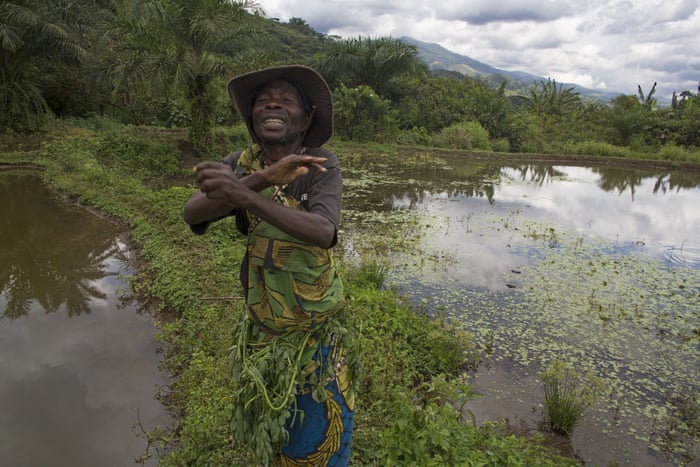
Habitat degradation
The rapid habitat loss due to mining and commercial logging as well as the need for land for subsistence farming has also had its own impact on the mountain gorillas’ habitats in D.R. Congo. In the process of clearing forests, participants also engage in the illegal bush meat trade.
Poaching
Most Congolese engage in poaching activities for bush meat and selling of body parts of gorillas that they believe are of medicinal importance or use for magical charms. This is the main threat the tourism and conservation sector in D.R. Congo faces. Unfortunately, mountain gorillas have a low reproductive rate with a female gorilla giving birth to a single infant after every 3-4 years.

